Does play have a place in literacy instruction? Absolutely!
Jean Piaget said it best: “Play is the work of childhood.”
If you know me, you know that I have high expectations for my students. I believe that young children can do AMAZING things when it comes to reading and writing.
But I also believe that our literacy instruction has to take children’s development into account. And play is an important part of development!
One way that I incorporate play into literacy instruction is through a dramatic play literacy center. In this post, I’ll share ideas to help you set up a productive, fun dramatic play literacy center in your own classroom!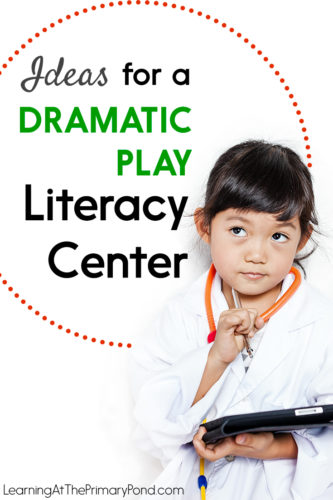
Photo Credit: jirasaki, Shutterstock
What is a dramatic play literacy center?
A dramatic play literacy center is built around play. It helps children understand how reading and writing are a part of everyday life. It also gives students an opportunity to experiment with reading and writing in the context of play.
Here’s an example:
In your kindergarten classroom, you have a play kitchen. You stock the fridge with pretend food and plastic dishes. You add empty cereal boxes and other food containers to mimic the things students might see in their own homes. You add a small bin with dress-up clothes. You place a cookbook, take-out menus, and grocery circular ads on the counter. You provide list paper and pencils so students can make shopping lists. You might add play money and a play phone.
When students visit the center, they might pretend to be Mommy, Daddy, or another family member. They “cook” using the play food and read words they recognize from the empty food containers. Students also read or pretend-read the cookbook, take-out menus, grocery circular ads, and empty cereal boxes. They use the list paper to make a shopping list, perhaps copying words from the cereal boxes, ads, menus, and cookbooks. They read their lists to other “family members.”
In a nutshell, the students are playing AND using literacy skills for authentic purposes. It’s a fun and educationally valuable center!
How do you ensure that students use the center purposefully and productively?
Sure, the scene I described above is ideal. You might also find your kids throwing plastic food at each other in the dramatic play literacy center. 🙂
Literacy play doesn’t always happen naturally. This is especially true if your students come from homes where they don’t typically see reading and writing being used in everyday life.
This is where modeling comes in — it’s absolutely essential! When I introduce the dramatic play literacy center (or introduce a new theme), I sit in the center during independent work time. I play with the kids and model how to use the literacy props. It’s so fun. 🙂 But it also shows them what to do.
I also think it’s important not to overwhelm the kids with “stuff.” If I have a ton of props for a center theme, I don’t put them all in the center. We start out small and add things as time goes on. I also take props away and re-introduce them so the kids don’t get tired of using the same materials day in and day out.
What can you put in the dramatic play literacy center?
I usually start the year out with the kitchen theme I described in my answer to the first question. Here are some other possible ideas for themes and props:
Post Office:
- Paper and pencil (including stationery and blank greeting cards)
- Envelopes
- Stickers to serve as pretend stamps
- List of children’s names in the class
- Real mailbox or little mail slots for each student
- Picture books about the post office
- Examples of friendly letters
Grocery Store:
- Play food
- Shopping cart or basket
- List paper and pencil for a grocery list
- Little chalkboards or labels for students to make food signs and add prices
- Adding machine tape for creating receipts
- Picture books about the grocery store and/or food
Veterinarian:
- Stuffed animals
- Play stethoscope and otoscope
- Play medicine bottles
- Paper and pencil for writing prescriptions
- Picture books about veterinarians and/or pets
Conclusions
There are so many other possibilities for incorporating play into literacy centers — this is just a start! If you have other ideas to add, please share in a comment below!
If you’re looking for printable literacy props for your own dramatic play center, click on the image below to learn more about the props I’ve created!
Happy teaching!

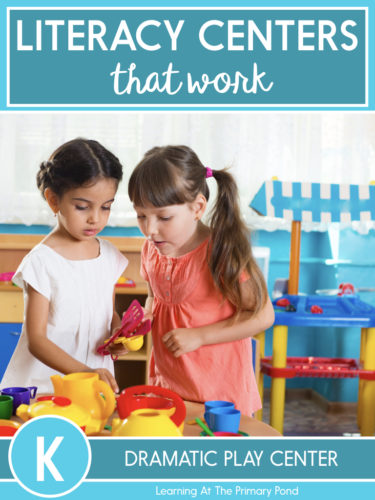
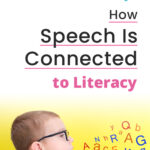
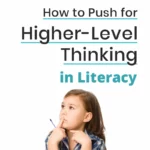
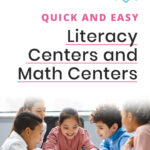
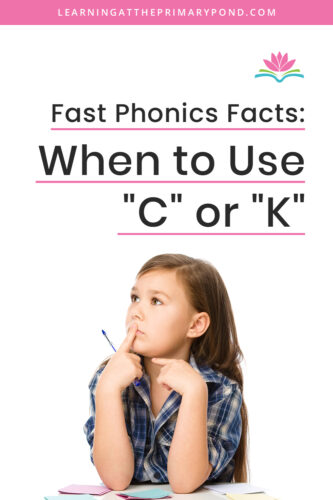
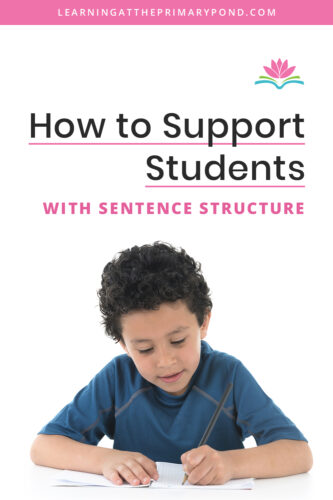
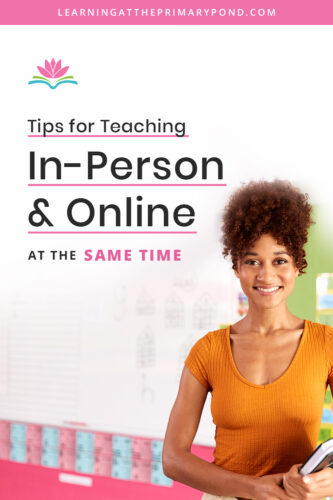






I’m glad that some teachers are still doing dramatic play literacy stations. I use them a lot and my students eat them up with excitement and engagement. It makes me smile to hear the wonderful language they are using during this time. Thanks for a great article. I did a farmer’s market during my plant unit. The students wrote out the names of the fruits and Vegetables and had to complete addition order forms. Math and writing made fun!!
Oh I love that farmer’s market idea!! That is so fun!!
Alison
Thank you so much for this! I’ve always wondered if this can work, but we weren’t allowed to try it in public school. I’m teaching Kinder in a Christian school next year and am very excited to facilitate students making this real life connection….especially with technology taking over so much of life. I’d love any other suggestions you might have or resources where I can learn more.
Hi Donna! I’m excited for you – and totally agree that this is so important for kids since they are spending so much time with technology. Pre-K or preschool resource books can be very helpful if you want more ideas – I actually taught Pre-K before moving up to Kindergarten and got many ideas from that experience!
Alison
Could you also make your printable props in Spanish?
Hi Laura! Thank you for the suggestion; I will definitely consider it!
Alison
Oh, I love this post! I associate dramatic play with preschool and kindergarten, instead I’ve focused more on readers theater in my 1st grade classroom. If I were to implement dramatic play, how can I adapt it for a 1st grade classroom, e.g. add more writing, students create and label their own props, menus, signs? Do some teachers use dramatic play as a center during their guided reading block, because I can imagine all the noise that can become a distraction!
Hi Risa! Reader’s theatre is so fun for 1st grade!! If you were to implement dramatic play, you could have your kids do more creating of things, like props, menus, signs as you had mentioned. They could maybe create the props during guided reading time and then use them/play with them later on, if it’s too much noise for guided reading! 🙂
Alison
Hi there, I love doing dramatic play centers in my kindergarten classroom. My newest one is a “running store”. I am a runner and my kids always ask about my races. Also, I have running medals that I don’t know what to do with. So, I save my running numbers and punch holes in them and put them on a string, I also bring in my running medals and a bunch of tennis shoes. I have a cash register in there and a place they can pretend to sign up for a race and then they can pretend they ran… Read more »
That is so cute – I love that they have that personal connection with you too! So fun! Thank you for sharing!!
Alison
Have you seen this sort of imaginative play in upper grades? 2-5. I have a time called Creative workshop and kids play with the dress up, doctor, store etc stations I have. We also have a maker space. Do you think there is value (and is there research) in this sort of play in upper grades?
Thanks!
Hey! Great question. I don’t know of any research offhand, but creative play and maker space has to be beneficial…it just seems logical! I think giving kids breaks from the rigors of the school day is important, too, and that kind of play can be a break. 🙂
Alison